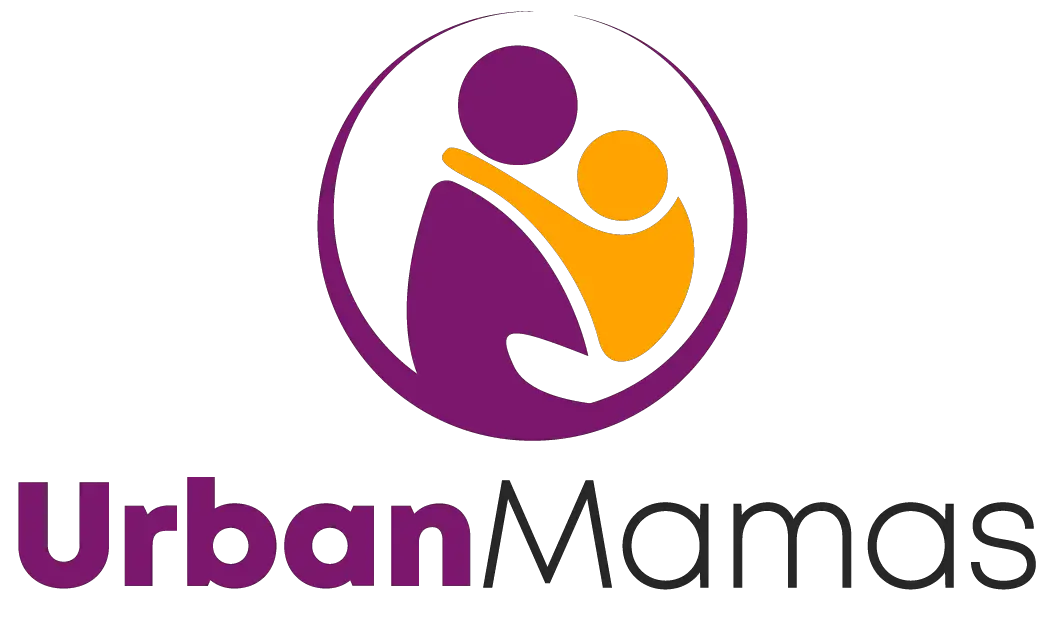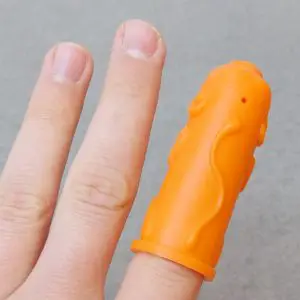Table of Contents
Overview
There are many beautiful milestones to be excited about when caring for your baby, and one of those is their first tooth. Your little ones’ teeth may not appear at the same time, but once a little tooth pops out, that is a good enough reason to up your baby dental care game. We all know how we should be keeping the gums clean even before those pearly whites appear, right? And now, with a glimpse of the first tooth, as a parent, you will have to establish good dental habits as early as possible.
The first little tooth can surely make you smile, and that should also start the toothbrushing journey that your little one will have. We know that those tiny milk teeth are temporary; however, they should be well taken care of since they play a highly significant role in the development and health of your little one’s permanent teeth. Experts recommend that you use your baby’s oral health care even before the first tooth comes out; you can accustom them and start by simply cleaning the gums with a damp washcloth or gauze pad. Then, you can move on to using a finger toothbrush or baby toothbrush once the first tooth appears.
When to use finger toothbrush on baby
If your little one has not yet shown a tiny tooth, you may want to stick with cleaning their gums with the use of a washcloth, as mentioned above. There is no need to use a brush yet, and brushing your baby’s bare gums can be very unpleasant for them. So when can you use a toothbrush on your baby?
If you are excited to use a toothbrush on your baby, we have good news for you. You can use one once the first tooth erupts, which happens when your baby is at around six months of age; however, do not stop cleaning their gums with washcloth since most of their mouth is all pure gums at this point. And it is important that you continue doing that until they have more teeth to cover that adorable gummy mouth.
As soon as those tiny pearly white milk teeth have started to appear above the gum line, experts recommend for you to brush your baby’s teeth at least twice a day. Make sure that you brush their teeth before they go to bed to avoid food or milk sitting in their mouth overnight since this might cause cavities and other problems. The appearance of the first tooth is at the very perfect time to let your baby experience brushing and help them get used to it. A finger toothbrush works best during this time since you will be able to control the pressure you give while brushing, and you can protect your finger from those unbelievably sharp tiny incisors.
Brushing a 7-month old baby
Babies at seven months are more likely to have a tooth or two already, and most babies have started growing their teeth out during this vital time of their development. During this time, you will be able to notice more drooling and chewing; that is why it is extremely important to look after their teeth and, if needed, schedule a dental appointment as well.
Brushing your baby’s little teeth is extremely easy; you will have to make sure that you are using the appropriate toothbrush that is soft and small enough for your baby’s mouth. You can use baby-safe toothpaste in the amount of a grain of rice and brush it gently all around those little teeth at the front and back. You should be the one brushing your baby’s teeth until they will be old enough to hold a toothbrush on their own. However, it would be best if you remembered that you have to supervise your children during the whole toothbrushing process until they can rinse and spit on their own, which usually happens when they are eight years of age.
Even if you have been continuously brushing your baby’s teeth, always be on the lookout for signs of tooth decays such as brown or white spots and even pits on their teeth. If you notice any of these signs, do not hesitate to have your little one checked by a pediatric dentist. Once your baby turns a year old, it will be a good idea to visit a dentist as well, even if there are no signs of decay or any dental problems.
Cleaning the tongue with a finger toothbrush
It is extremely safe to use a finger toothbrush when it comes to cleaning your baby’s tongue. Just remember to be gentle and easy when it comes to scrubbing their tongue with the toothbrush since it can be quite sensitive and uncomfortable for them. You can also use toothpaste when cleaning your baby’s tongue; just remember not to go overboard and use only a very small amount, comparable to a grain of rice. Once your little kids turn three years old, you can increase the amount to a pea-size, but still under your supervision.
Things to consider when looking for a finger toothbrush
- Choose a finger toothbrush that fits snugly and securely in your finger and has a small brush head to fit comfortably into your baby’s mouth.
- Make sure that your finger toothbrush has soft but durable bristles, and they should not irritate your baby’s gums and tongue.
- The overall material of your finger toothbrush should be made from materials that are safe, BPA-free, and phthalate-free.
- Toothbrushes that look cute and colorful can be very helpful when it comes to introducing brushing to them. When your finger toothbrush looks fun and toy-like, your baby can ease into it a lot comfortably and faster compared to the basic-looking ones.
- A sanitary storage can also be a good addition if you are looking for a finger toothbrush.
- Remember to change the toothbrush, that is why it would be good to look for something that you can buy a set for easy switching and changing.
What if your baby hates brushing
It is, unfortunately, true that not all babies appreciate and enjoy brushing and having their teeth cleaned. We understand that when the baby is teething, gums can be very sore and tender, making them extremely uncomfortable. If this is something that you have to deal with, you can try these tips and tricks to make brushing work.
- Go easy and be patient with your babies since their gums can be very sensitive. Always be gentle and use a soft touch when brushing them; if it does not work, you may have to go back to using a washcloth until they can become comfortable using the toothbrush.
- Distract them by singing their favorite nursery rhymes and make brushing a silly task instead of a serious and pressuring one. Your beautiful baby may even give you a tiny-toothed smile for this one.
- Show your babies how brushing is done. If they see you or dad or even their older siblings who are enjoying brushing time, it can help them be game for brushing too.
- Let your baby have fun and let them play. Allow them to hold and examine the toothbrush on their own, and you will be surprised how they may even end up putting the toothbrush inside their mouths, on their own.
Brushing teeth with a finger
We have to be honest; finger brushing is better than not being able to brush at all. However, this should not be a routine practice since using a toothbrush and flossing is the standard and best way to do it. You can only do finger brushing when there is a need to, like not being able to bring your brush or are out and about and feel the need to clean your teeth.
Brushing teeth with a finger combined with toothpaste can indeed help freshen breath and reduce some thin plaque and bacteria found on the surface of the teeth. Yet, it will not effectively get under the gum line and in the spaces or crevices between the teeth. That is why brushing and flossing is always the best thing to do.
Wrapping up on the baby finger toothbrush
You can start taking care of your baby’s dental health even before the first tooth comes out since there is generally no need to wait for a mouthful of teeth before you start brushing. Like in all other things, practice truly makes perfects, so the same goes with brushing for your little ones. Always remember to take things easy and keep your babies comfortable during the whole process.

